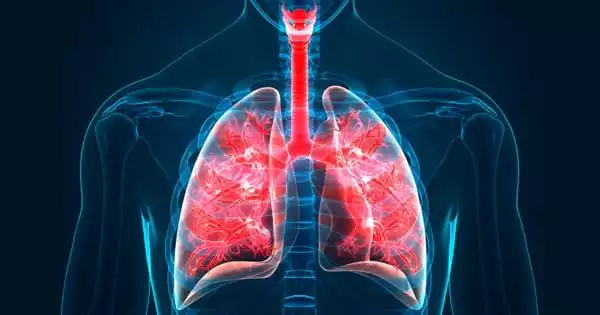Nebulette is a cardiac-specific isoform of the nebulin protein family. The NEBL gene is responsible for its expression. There are five members in this family: nebulette, nebulin, N-RAP, LASP-1, and LASP-2. Nebulette is found in cardiac muscle Z-discs and appears to regulate the length of actin thin filaments. It is found in the sarcomere’s Z-disc, where it helps to maintain the structure and function of this important component of muscle tissue.
Research in the field of molecular biology and genetics constantly evolves, so there may be new information or developments since my last update. If there have been any significant discoveries or changes related to Nebulette since then, I recommend checking the latest scientific literature or reputable sources for the most up-to-date information.
Structure
Nebulette is a protein with a mass of 116.4 kDa and a total of 1014 amino acids. Nebulette, a member of the nebulin protein family, is distinguished by 35 amino acid stretches of ”nebulin repeats,” which are actin binding domains containing a conserved SDxxYK motif. Nebulette, like nebulin, has an acidic region at its N-terminus with unknown structure and a serine-rich region adjacent to an SH3 domain at its C-terminus.
Though nebulette and nebulin share structural features, nebulin is expressed preferentially in skeletal muscle and is enormous in size (600-900 kDa), whereas nebulette is expressed in cardiac muscle at Z-disc regions and is significantly smaller (roughly one-sixth the size).
Function
Moncman and Wang discovered nebulette in 1995 by immunoprecipitating primary cultures of chicken embryonic cardiomyocytes with specific anti-nebulin monoclonal antibodies. The normal expression of nebulette is required for the assembly and contraction of myofibrils.
Specifically, nebulette appears to regulate the stability and length of actin thin filaments, as well as cardiomyocyte beating frequencies; reduction of full-length nebulette protein in cardiomyocytes resulted in reduced thin filament lengths, lower beating frequencies, and loss of thin filament regulatory proteins troponin I and tropomyosin.
















